
Silent film pioneers shot Westerns in the Camargue before the First World War. This incredible story, which established the Rhône Delta as the setting for many films made throughout the 20th century, began when Buffalo Bill brought his Wild West Show to Paris in 1905. Folco de Baroncelli was in the audience. Amazed, he recognised scenes from novels he had enjoyed as a child. After the show, he went backstage to meet one of the performers, Joë Hamman, a young Frenchman hired because of his acting talent, stunt-riding skills and knowledge about Indians.
The Camargue adventure continued when Baroncelli asked Joë Hamman and director Jean Durand to shoot a series of films. Many featured Saintes-Maries-de-la-Mer, cowhands and cattle from Baroncelli’s farm until the First World War broke out. When peace returned, so did film crews. The Camargue loaned them its natural setting, light and people. After Baroncelli, other cattle farmers, cowhands, and stereotypical Gypsies got into the act. Shot from the angle of its singularities, the Camargue looks like a wild place where nothing matters more than freedom.
In the 1960s-1970s, Crin-Blanc and Folco rode the ‘back-to-nature’ wave, travelling the world and inviting grown-up children to come live as free as birds between two branches of the Rhône and the sea ‘on an island where children and horses are always pals’, where Johnny’s life began and Ulysse, Fernandel’s horse, ended his among his peers.
The exhibition traces this adventure through photographs, posters, objects and film clips.
—Estelle Rouquette
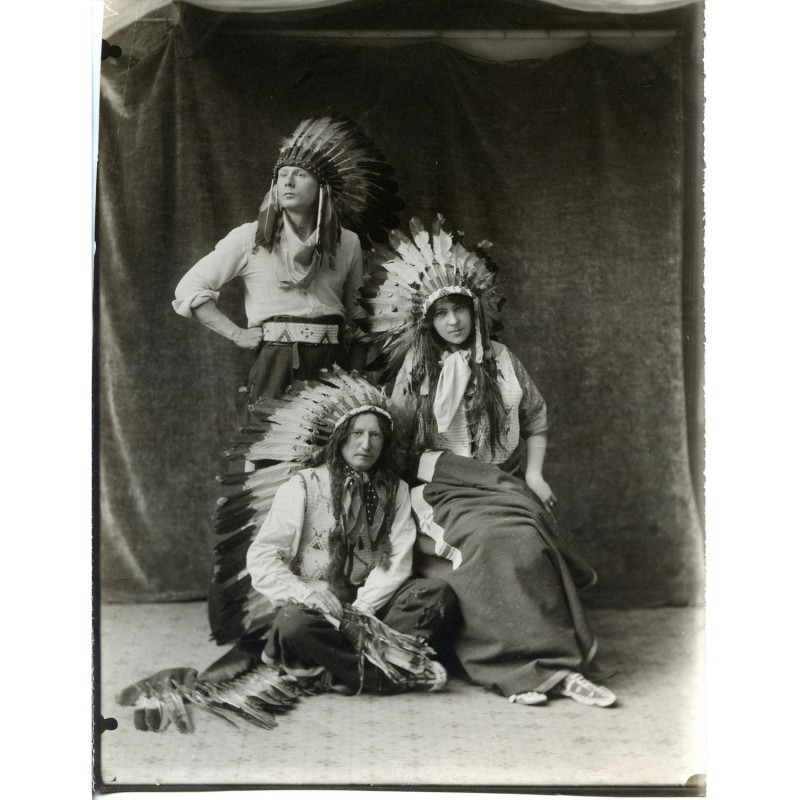
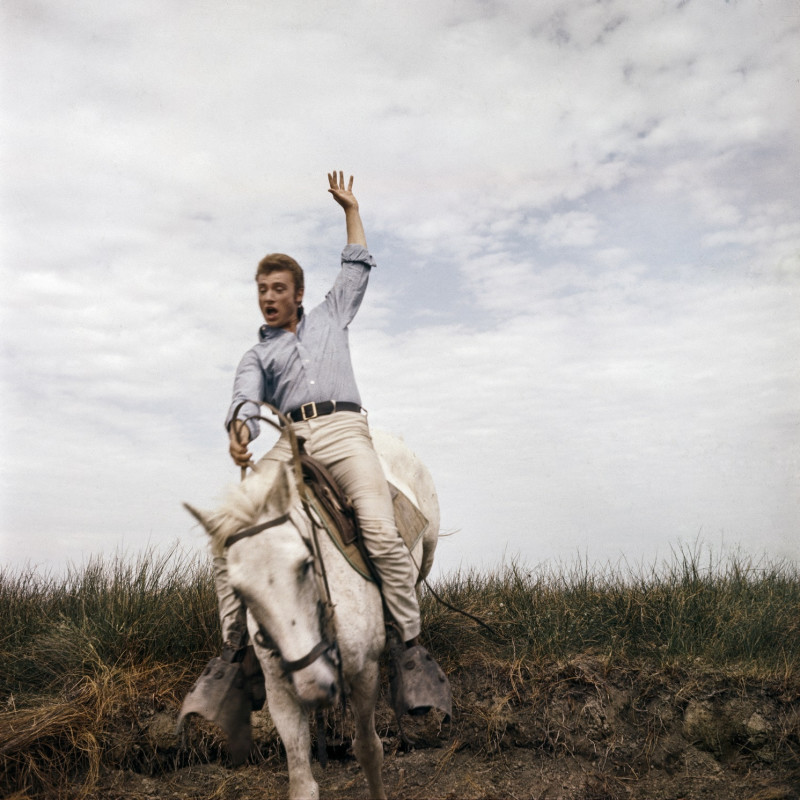
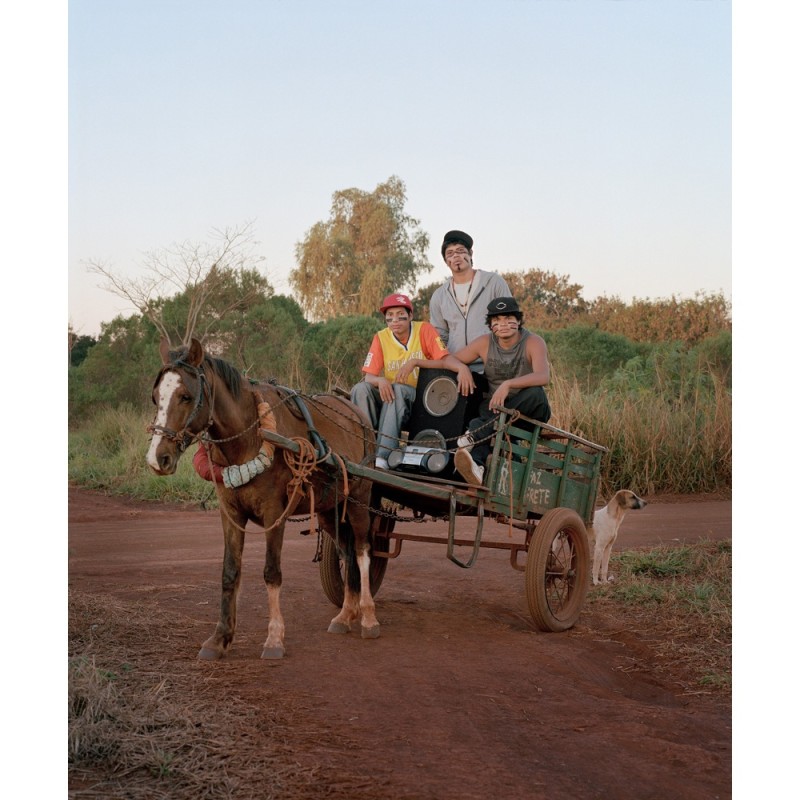
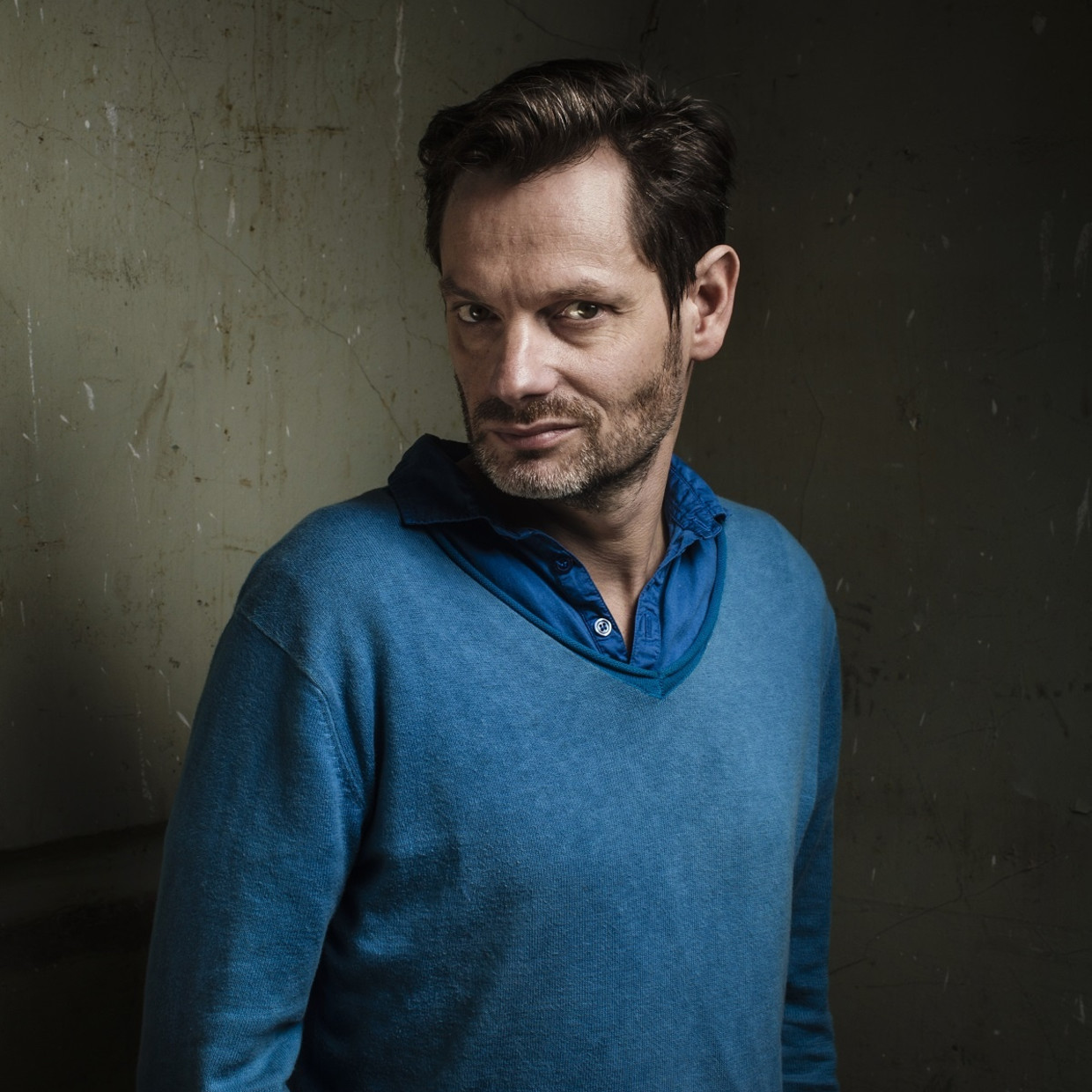
Born 1973, Paris, France.
Lives and works in Paris and Arles, France.
Once a boarder at the Villa Medici, on 1 October 2014 Sam Stourdzé became director of the Rencontres d’Arles. Previously he was director of the Musée de l’Elysée in Lausanne and, from 2010 through 2014, editor in chief of ELSE magazine. A specialist in images, he researches the contexts of their production, distribution, and reception. For years he has studied the mechanisms at work in the circulation of images, with the relationships between photography, art, and film as his preferred field. He has been curator or co-curator of numerous exhibitions and published several works, including Le Cliché-Verre de Corot à Man Ray; the Dorothea Lange and Tina Modotti retrospectives; Chaplin et les images; Fellini, la grande parade; and, most recently, Derrière le rideau: L’esthétique Photomaton and Paparazzi! Photographes, stars et artistes.
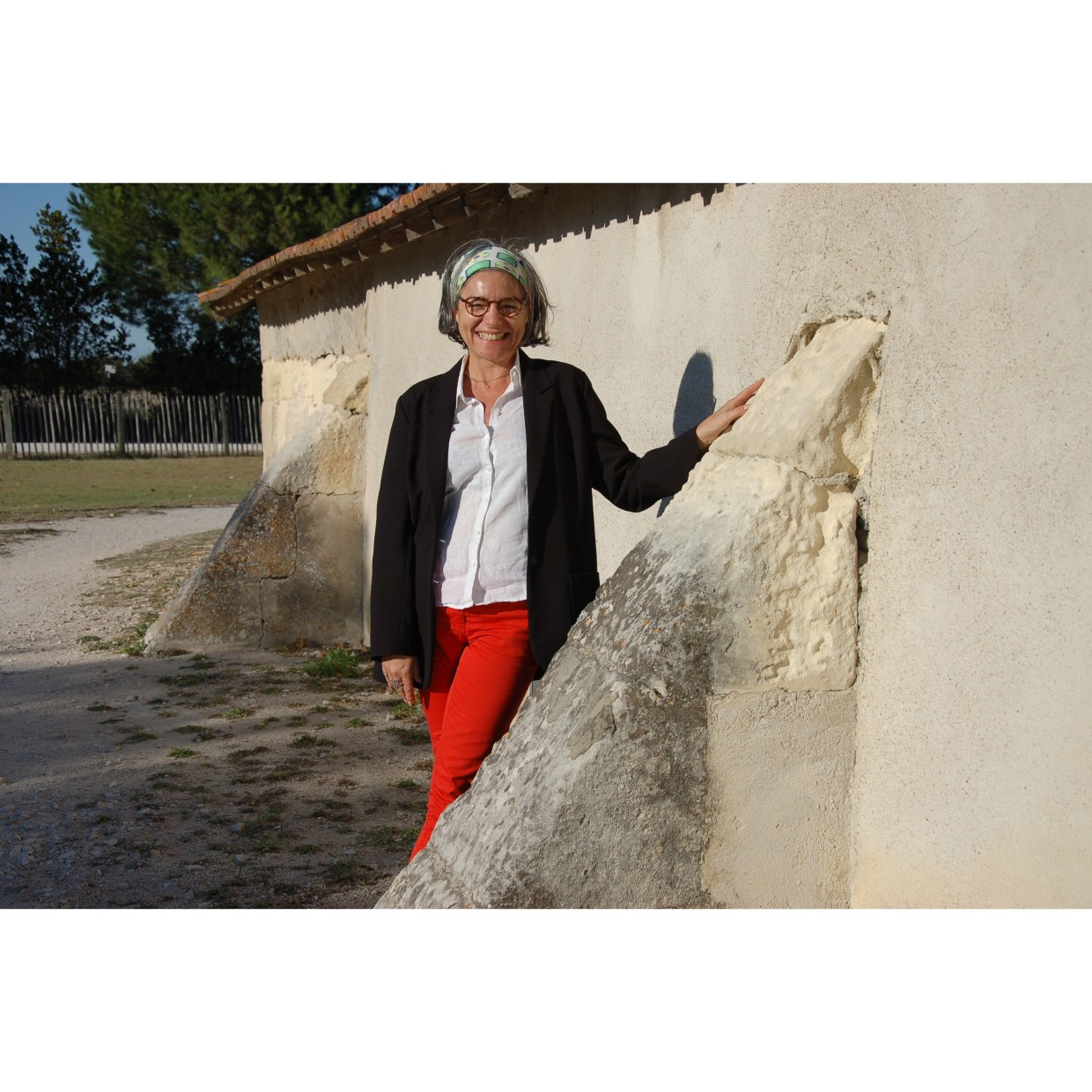
Born in 1960 in Montpellier, France.
Lives and works in Arles, France.
Estelle Rouquette has a PhD in Art History and Archaeology. Assistant Director of the Parc Naturel Régional de Camargue, she manages the ‘Patrimoine et Territoire’ service, which groups together the culture, tourism, architecture, landscape, energy, awareness-raising and education about the environment missions, and is also a curator at the Musée de Camargue. She has worked at the Conseil Départemental des Bouches-du- Rhône County Council: from 2006 to 2008 at the Domaine Départemental du Château d’Avignon, and from 1991 to 2006 at Museon Arlaten. Her work, whose focus has been interdisciplinarity and exchange, weaves fertile relationships between cultural heritage, the environment and contemporary creation.
This website uses cookies
This site uses cookies to help make it more useful to you. Please contact us to find out more about our Cookie Policy.